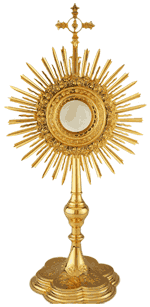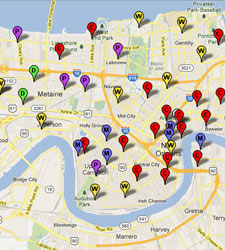The Church has been singing the “O” Antiphons since at least the eighth century. They are the antiphons that accompany the Magnificat canticle of Evening Prayer in the Divine Office from December 17-23, a time called the “Golden Nights.” They are part of a magnificent theology that uses ancient biblical imagery drawn from the messianic hopes of the Old Testament to proclaim the coming Christ as the fulfillment not only of Old Testament hopes, but present ones as well. Their repeated use of the imperative “Come!” embodies the longing of all for the Divine Messiah.
The seven “O Antiphons” (also called the “Greater Antiphons” or “Major Antiphons”) are prayers that come from Vespers of the Liturgy of the Hours during the Octave before Christmas Eve, a time which is called the “Golden Nights.”
Each Antiphon begins with “O” and addresses Jesus with a unique title which comes from the prophecies of Isaiah and Micah, and whose initials, when read backwards, form an acrostic for the Latin “Ero Cras” which means “Tomorrow I will be [there].” Those titles for Christ are:
December 17: O Sapientia (O Wisdom)
December 18: O Adonai (O Lord)
December 19: O Radix Jesse (O Root of Jesse)
December 20: O Clavis David (O Key of David)
December 21: O Oriens (O Dayspring)
December 22: O Rex Gentium (O King of the nations)
December 23: O Emmanuel (O God is with Us)




